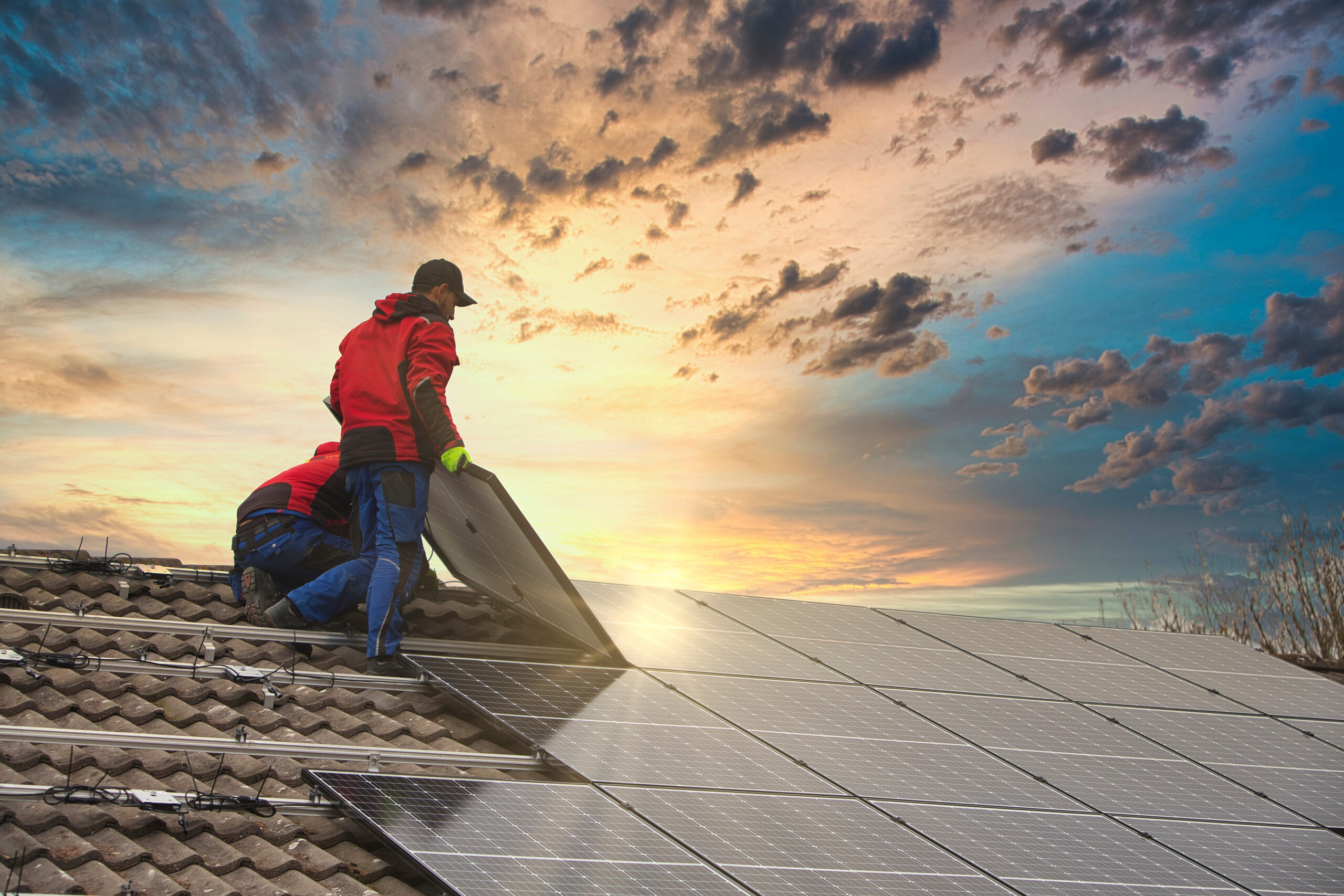News
SolarBright Wins the EUPD Installer Award for 2025 – Our Third Year in a Row
We are proud to announce that SolarBright has been awarded the EUPD Installer Award…

Solar energy has rapidly become a popular solution for businesses and homeowners seeking to lower their energy bills and contribute to a sustainable future. However, with various types of solar panels available, choosing the right one for your needs can be a bit overwhelming. This guide will help you understand the key types of solar panels, highlighting their unique benefits, including high-performance models like the Max Power Maximus MPS440NBB 440W and REC Alpha Pure-R 410W. Additionally, we will explore how commercial solar systems can provide substantial financial and environmental benefits for businesses.
Monocrystalline solar panels are among the most efficient types available today. They are made from a single crystal structure, which gives them a sleek appearance and allows for excellent energy conversion. The high efficiency of these panels makes them ideal for properties with limited roof space, where generating maximum power output from a small area is crucial.
Advantages:
Example: The Max Power Maximus MPS440NBB panel is a standout in this category, featuring N-Type cells and bifacial technology. With 22.53% efficiency, it is designed to perform exceptionally well in Australia’s harsh climate. Its dual glass construction also provides enhanced durability, making it one of the most reliable solar panels available.
Polycrystalline solar panels are manufactured using silicon fragments melted together. Poly panels were the most popular panels. While slightly less efficient than their monocrystalline counterparts, they offered a more cost-effective solution, which made them a popular choice for budget-conscious installations.They have now mostly been replaced by the monocrystalline panels and we see very few poly panels offered in the Australian market now.
Thin-film solar panels are different from crystalline panels in both appearance and function. They are constructed by placing thin layers of photovoltaic material onto surfaces like glass, plastic, or metal. While they are less efficient than monocrystalline and polycrystalline panels, thin-film panels perform better in low-light conditions and are extremely versatile.
Advantages:
The Max Power Maximus MPS440NBB solar panel represents a premium option for those seeking high performance at an affordable price. This panel is designed with cutting-edge N-Type cells and bifacial technology, allowing it to capture sunlight from both sides for increased power generation.
Key Features:
The REC Alpha Pure-R 410W solar panel employs Heterojunction Technology (HJT), a cutting-edge method that combines the benefits of crystalline silicon and thin-film technologies. This unique combination delivers enhanced efficiency and longevity, with a panel efficiency of 21.2%.
Key Features:
Commercial solar installations have become an essential tool for businesses looking to reduce operational costs while protecting themselves from rising energy prices. With electricity costs rising sharply, commercial solar systems offer substantial savings, and in many cases, the energy savings can cover the system’s cost within just a few years.
Key Benefits of Commercial Solar Systems:
When choosing the right solar panel for your home or business, consider the following factors:
Whether you’re looking at a residential or commercial solar system, understanding the different types of solar panels can help you make the best decision for your energy needs. From homeowners looking to cut energy bills to businesses seeking long-term financial and environmental benefits, there’s a solar panel suited for every requirement.
Explore SolarBright’s solar power solutions today, and contact us to get expert advice on the perfect solar power system for your property.
Read Also:
3 Ways Tubular Daylighting Devices Protect the Environment
How Do Skylights Work? All About Skylight Installation
Take a Look
News
We are proud to announce that SolarBright has been awarded the EUPD Installer Award…
Uncategorized
Traditionally skylights have not been recommended for bedrooms as they light up a room…
Solar Battery, Solar Battery Reviews
Solar battery technology continues to advance in Australia. Homeowners and businesses now have several…